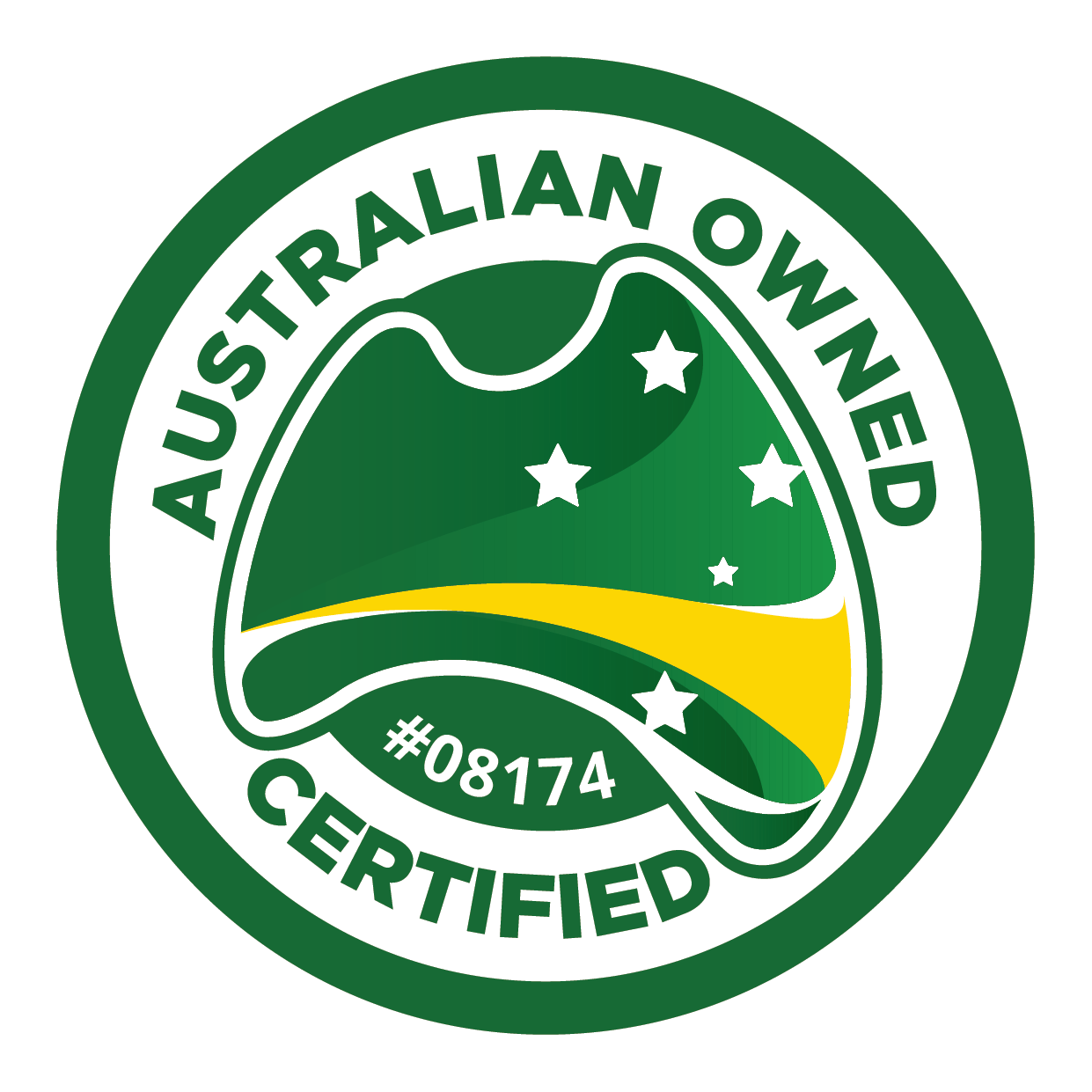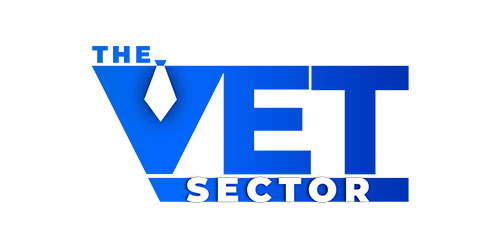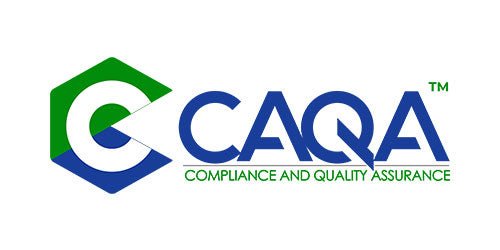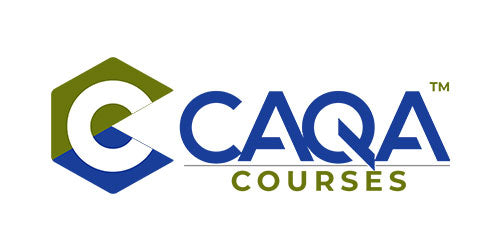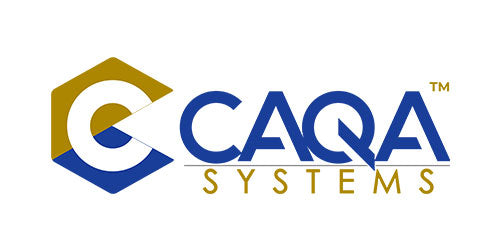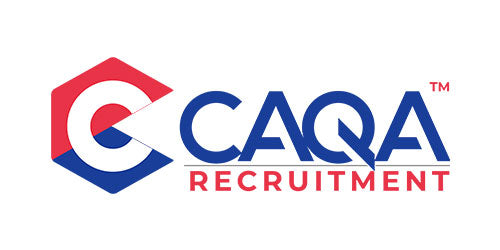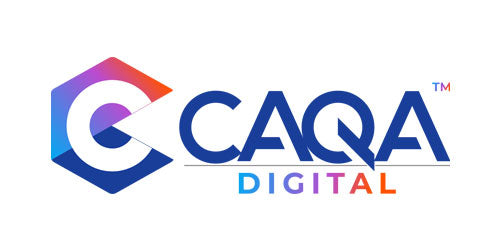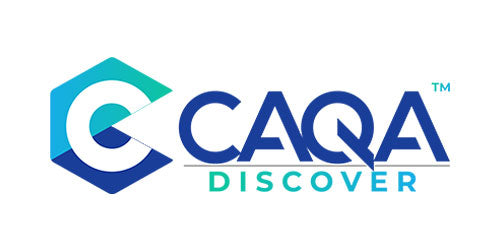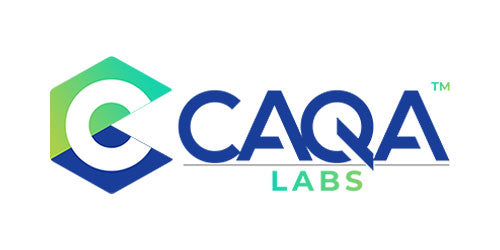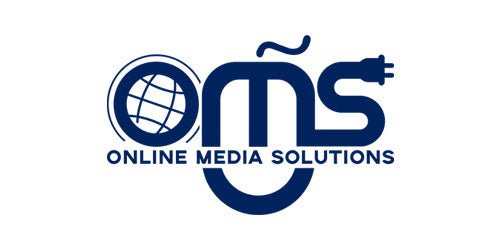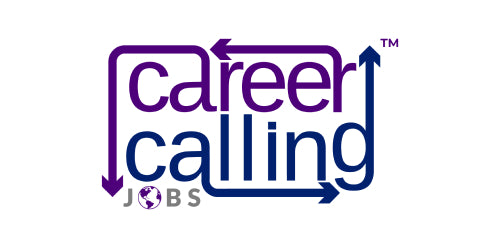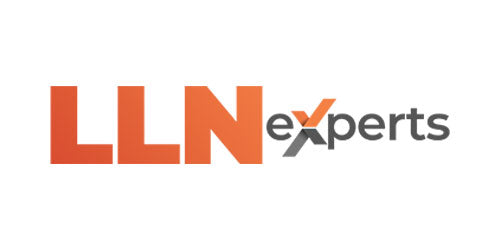The Australian Vocational Education and Training (VET) sector offers significant opportunities for those looking to make a meaningful impact on workforce development and skills training. One path to entering this sector is by creating your own Registered Training Organisation (RTO). While this approach presents unique advantages, it also comes with its own set of challenges. This article explores both sides of the equation to help potential RTO founders make an informed decision.
The Advantages of Starting from Scratch
Creating your own RTO from the ground up offers several compelling advantages that make it an attractive option for many entrepreneurs and education professionals.
Perhaps the most significant advantage is the full control it affords. When you create your own RTO, you have complete autonomy over its direction, culture, and focus from day one. This level of control allows you to shape the organisation according to your vision, values, and goals without having to navigate pre-existing structures or practices.
This control extends to the systems and processes you implement. You have the opportunity to design and implement systems that align perfectly with your operational style and vision for the RTO. This can lead to more efficient operations and a cohesive organisational structure that supports your objectives.
Financial considerations also play a role in the decision to create an RTO. While there are significant costs involved in setting up an RTO, including registration fees, development of training materials, and establishing necessary infrastructure, these costs are often less than the upfront investment required to purchase an existing RTO. This lower initial cost can make creating an RTO a more accessible option for those with limited capital.
Another advantage of starting your own RTO is the ability to focus on a specific niche from the outset. You can design your RTO to cater to a particular industry sector or adopt a unique training approach that sets you apart in the market. This niche focus can be a significant differentiator in a competitive market and can help you establish a strong reputation in your chosen area of expertise.
Starting from scratch also means starting with a clean slate. You don't have to worry about inheriting compliance issues, a poor reputation, or outdated practices from a previous owner. This clean slate can be particularly valuable in the heavily regulated VET sector, where compliance is crucial and reputational issues can be challenging to overcome.
The Challenges of Creating Your Own RTO
While the advantages of creating your own RTO are significant, it's equally important to consider the challenges this path presents.
One of the most significant challenges is the time-consuming nature of the process. Becoming registered as an RTO is not a quick or simple task. It can take many months and requires extensive documentation and preparation. You'll need to develop comprehensive policies and procedures, create or acquire training and assessment materials, and demonstrate your capacity to deliver quality training outcomes. This process requires patience, attention to detail, and a significant investment of time and effort.
Another challenge is the lack of immediate income. Unlike purchasing an existing RTO with an established student base, when you create your own RTO, you're starting from zero. It will take time to build your student numbers and start generating revenue. This means you need to have sufficient financial resources to sustain the business during this initial period.
Building a reputation in the VET sector is another significant challenge. Establishing credibility and brand recognition in the market takes time and consistent effort. You'll need to prove your worth through the quality of your training and the outcomes you achieve for your students. This can be particularly challenging in a sector where reputation and track record play a crucial role in attracting students and securing partnerships with industry.
One of the most daunting challenges for many new RTO founders is developing a thorough understanding of the VET sector's complex regulatory environment. The Australian VET sector is heavily regulated, with strict standards that RTOs must meet. Developing this compliance knowledge from scratch can be a steep learning curve, requiring significant study and often necessitating expert advice.
Finally, resource development is a significant undertaking when creating your own RTO. You'll need to create or acquire course materials, develop comprehensive policies and procedures, and establish all the necessary systems for managing students, record-keeping, and reporting. This is a time-consuming and often costly process that requires careful planning and execution.
Navigating the Path to RTO Creation
Despite these challenges, many find the process of creating their own RTO to be a rewarding endeavor. Success in this venture often comes down to careful planning, thorough research, and a willingness to seek expert advice when needed.
Before embarking on the journey of creating an RTO, it's crucial to have a clear vision for your organisation. What niche will you serve? What will set your RTO apart from others in the market? Having a well-defined vision can guide your decision-making throughout the creation process and help you stay focused on your goals.
It's also important to build a strong network within the VET sector. This can include connections with industry partners, other RTO operators, and VET sector experts. These connections can provide valuable insights, support, and potentially even opportunities for collaboration.
Investing in professional development and compliance training is another key strategy for success. While the learning curve may be steep, developing a strong understanding of the regulatory environment is crucial for long-term success in the sector.
Finally, it's important to be realistic about the time and resources required. Creating an RTO is not a quick or easy process, but for those with a passion for education and a commitment to quality training outcomes, it can be an incredibly rewarding path.
Creating your own RTO offers a unique opportunity to shape a training organisation according to your vision and values. It provides full control over the direction and operations of the RTO, allows for a niche focus, and starts you off with a clean slate in terms of compliance and reputation.
However, this path also presents significant challenges, including a time-consuming registration process, the need to build a reputation from scratch, and the complexity of developing compliance knowledge and resources.
Ultimately, the decision to create your own RTO should be based on a careful assessment of your goals, resources, and readiness to navigate the complexities of the VET sector. With thorough preparation, a clear vision, and a commitment to quality, creating your own RTO can be a fulfilling way to make your mark in the world of vocational education and training.
Purchasing vs. Creating an RTO: Key Factors to Consider
Entering the Vocational Education and Training (VET) sector as a Registered Training Organisation (RTO) owner is a significant decision that requires careful consideration. One of the first and most crucial choices you'll face is whether to purchase an existing RTO or create a new one from scratch. Both paths have their merits and challenges, and the right choice depends on various factors unique to your situation. This article explores the key factors you should consider when making this important decision.
Financial Resources
The financial aspect is often one of the most critical factors in the decision-making process. Purchasing an existing RTO typically requires a substantial upfront investment. The price can vary significantly depending on the RTO's size, reputation, student base, and financial performance. On the other hand, creating your own RTO often involves a lower initial cost but requires ongoing investment over time as you build your organisation from the ground up.
When considering your financial resources, it's important to look beyond just the initial costs. Purchasing an RTO might provide immediate income, but it could also come with hidden financial liabilities. Creating an RTO might have lower upfront costs, but you'll need to have sufficient capital to sustain the business until it becomes profitable.
Consider your access to capital, your comfort with taking on debt (if necessary), and your financial projections for the first few years of operation. If you have significant capital available and are looking for a quicker return on investment, purchasing might be more attractive. If you prefer to invest gradually and have the financial runway to support a slower growth trajectory, creating your own RTO could be the better option.
Time Frame
Your desired time frame for becoming operational is another crucial factor. Purchasing an existing RTO allows for almost immediate market entry. You can start operating and generating revenue almost as soon as the sale is complete. This can be particularly advantageous if you're looking to capitalise on current market opportunities or if you have time-sensitive contracts or partnerships lined up.
Creating your own RTO, on the other hand, is a time-consuming process. The registration process alone can take many months and involves extensive documentation and preparation. After registration, you'll still need time to establish your systems, develop or acquire training materials, hire staff, and build your student base.
If time is of the essence and you need to be operational quickly, purchasing an existing RTO is likely the better option. However, if you have the luxury of time and prefer a more measured approach to entering the market, creating your own RTO could be more suitable.
Industry Experience
Your level of experience in the VET sector is another important consideration. Running an RTO requires a deep understanding of the sector's regulatory environment, educational standards, and operational best practices. If you're new to the VET sector, purchasing an existing RTO with experienced staff can provide you with valuable institutional knowledge and expertise.
On the other hand, if you have extensive experience in the VET sector, you might feel more confident in creating your own RTO. Your industry knowledge can guide you through the registration process and help you establish effective systems and processes from the outset.
Consider your own background and the expertise you can bring to the table. If you feel you need more support and guidance, purchasing might be the way to go. If you're confident in your ability to navigate the complexities of the VET sector, creating your own RTO could be a rewarding challenge.
Vision and Goals
Your specific vision and goals for your RTO should play a significant role in your decision. If you have a unique approach or a niche focus in mind, creating your own RTO might allow you to realise this vision more effectively. Starting from scratch gives you the freedom to shape every aspect of your RTO according to your ideals and objectives.
Purchasing an existing RTO, while offering many advantages, might require you to work within established frameworks or cater to existing student cohorts. While changes can certainly be made over time, shifting the direction or focus of an established organisation can be challenging.
Reflect on how specific and unique your vision is. If you see yourself offering something distinctly different from what's currently available in the market, creating your own RTO might be the best way to bring that vision to life. If your goals align well with what's already out there, purchasing could provide a solid foundation to build upon.
Risk Tolerance
Both purchasing and creating an RTO come with risks, but the nature of these risks differs. Purchasing an existing RTO carries the risk of inheriting unknown problems, such as compliance issues, financial liabilities, or a poor reputation. Despite due diligence, some issues might only become apparent after the purchase is complete.
Creating an RTO from scratch has its own set of risks. These include the uncertainty of gaining initial registration, the challenge of attracting students as a new entrant in the market, and the risk of underestimating the complexities of running an RTO.
Consider your risk tolerance and which set of risks you feel more equipped to manage. If you're comfortable with the potential for surprises and feel confident in your ability to turn around an underperforming business, purchasing might align with your risk profile. If you prefer to have control over potential risks from the start and are comfortable with the uncertainties of building a business from the ground up, creating your own RTO might be more suitable.
Market Conditions
The current state of the market should inform your decision. Research the RTOs currently for sale. Are there quality options available that align with your goals and budget? Or is the market saturated with overpriced or underperforming RTOs?
Similarly, assess the market for new entrants. Is there room for a new RTO in your desired niche? Are there unmet needs in the market that you could address? Understanding the competitive landscape and market demands can help you determine whether purchasing or creating an RTO offers the best opportunity for success.
Operational Preferences
Finally, consider your own operational preferences. Do you thrive on building systems and processes from the ground up? Or do you prefer to work within established frameworks and focus on incremental improvements?
Creating your own RTO gives you the opportunity to build everything according to your preferences from day one. This can be exciting for those who enjoy establishing new systems and processes. However, it also requires significant time and effort to set up all aspects of the operation.
Purchasing an existing RTO means working within established systems, at least initially. This can provide a stable starting point and allow you to focus on delivery and growth rather than setting up basic operations. However, it might also mean dealing with inefficient or outdated systems that need overhaul.
Reflect on your own working style and preferences. Your comfort and effectiveness in different operational environments can significantly impact your success and satisfaction as an RTO owner.
The decision to purchase an existing RTO or create a new one is complex and highly individual. By carefully considering these factors - financial resources, time frame, industry experience, vision and goals, risk tolerance, market conditions, and operational preferences - you can make a more informed decision that aligns with your circumstances and objectives.
Remember that there's no universally right or wrong choice. The best decision is the one that sets you up for success based on your unique situation and aspirations. Whichever path you choose, entering the VET sector as an RTO owner offers the opportunity to make a significant impact on workforce development and individual learners' lives.
Before making your final decision, it's advisable to seek advice from professionals experienced in the VET sector, including legal and financial advisors. Their insights can provide valuable perspectives and help you navigate the complexities of this important decision.
Conclusion
Both purchasing an existing RTO and creating your own have their merits and challenges. Purchasing an RTO can offer a faster route to market with existing systems and students, but it comes with a higher initial cost and the potential for hidden issues. Creating your own RTO gives you full control and customisation options but requires more time and effort to establish.
Ultimately, the right choice depends on your specific circumstances, goals, and resources. Whichever path you choose, remember that success in the VET sector requires a commitment to quality education, regulatory compliance, and continuous improvement.
Before making your decision, it's advisable to:
- Conduct thorough market research
- Consult with VET sector experts such as CAQA and possibly a legal advisor (We can suggest you a few legal experts, if you do not know any)
- Carefully assess your financial position and risk tolerance
- Consider your long-term goals for operating in the VET sector
By carefully weighing these factors and conducting due diligence, you can make an informed decision that sets you up for success in the dynamic and rewarding field of vocational education and training.
















